A Look at Learning
From the LOP

A Look at Learning
From the LOP
Learning Intentions are used across our school in all Stage classrooms, even in Kindergarten!
We use learning Intentions to be able to understand the learning that is expected in the upcoming lesson or lesson sequence. Learning Intentions are taken from the syllabus by the teacher and it will identify the key learning points of that particular session, unit or topic.
At the beginning of each lesson, the Learning Intention is worked through with students to reinforce the learning of the lesson that it is aligned to.
Stage 2 and Stage 3 are now going through a process of working with teachers to pull apart the Learning Intention to ensure all students understand the language from the syllabus. This process is called “deconstruction”
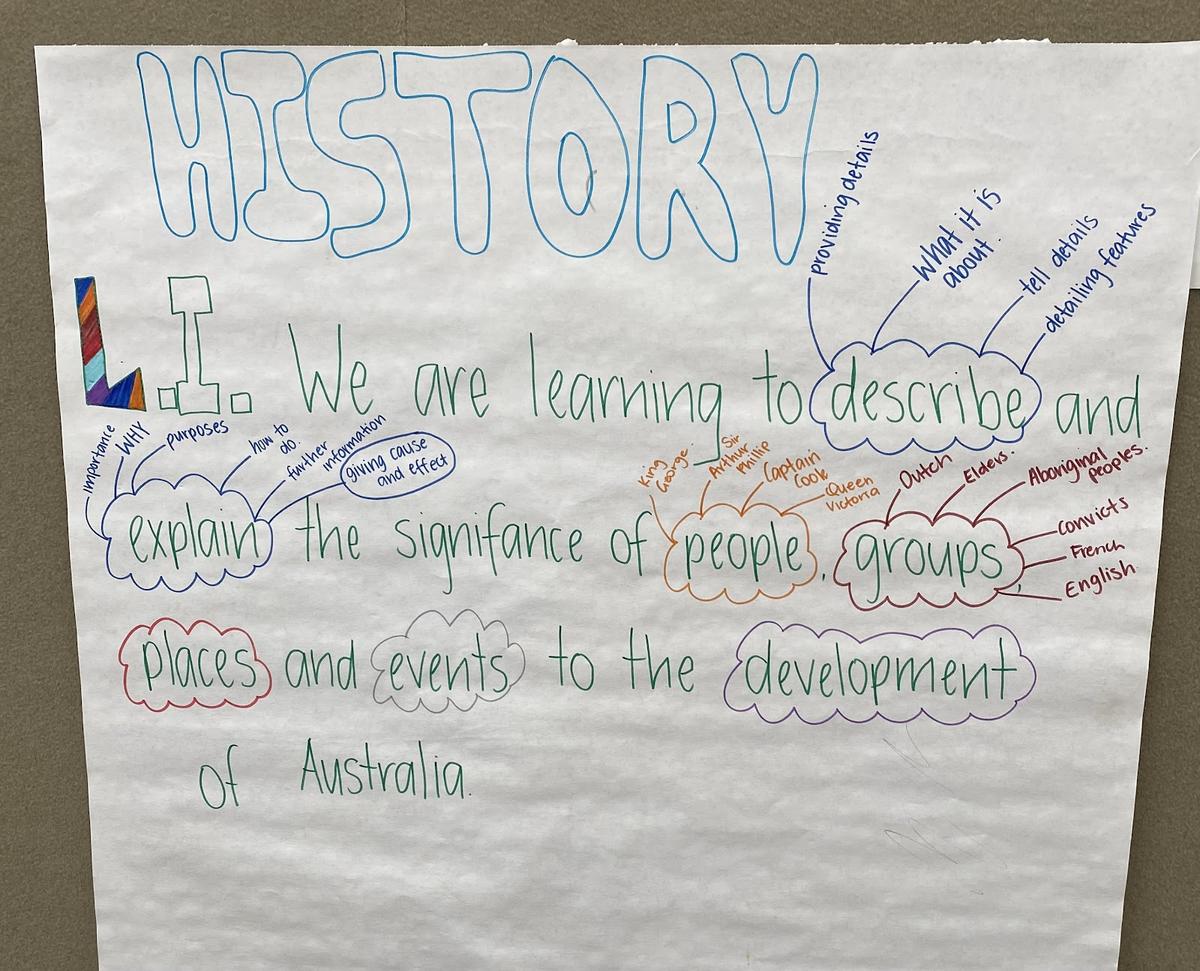

Stage 3 in History have been working on their Learning Intention deconstruction. You can see that the language has been broken down for easy interpretation.
We then work together and build the Success Criteria! This is a joint exercise and is called “co-construction” The Success Criteria allows students to readily check their understanding and check in on their progress of the Learning Intention. Students will regularly check the Success Criteria to ensure they are on the right track.
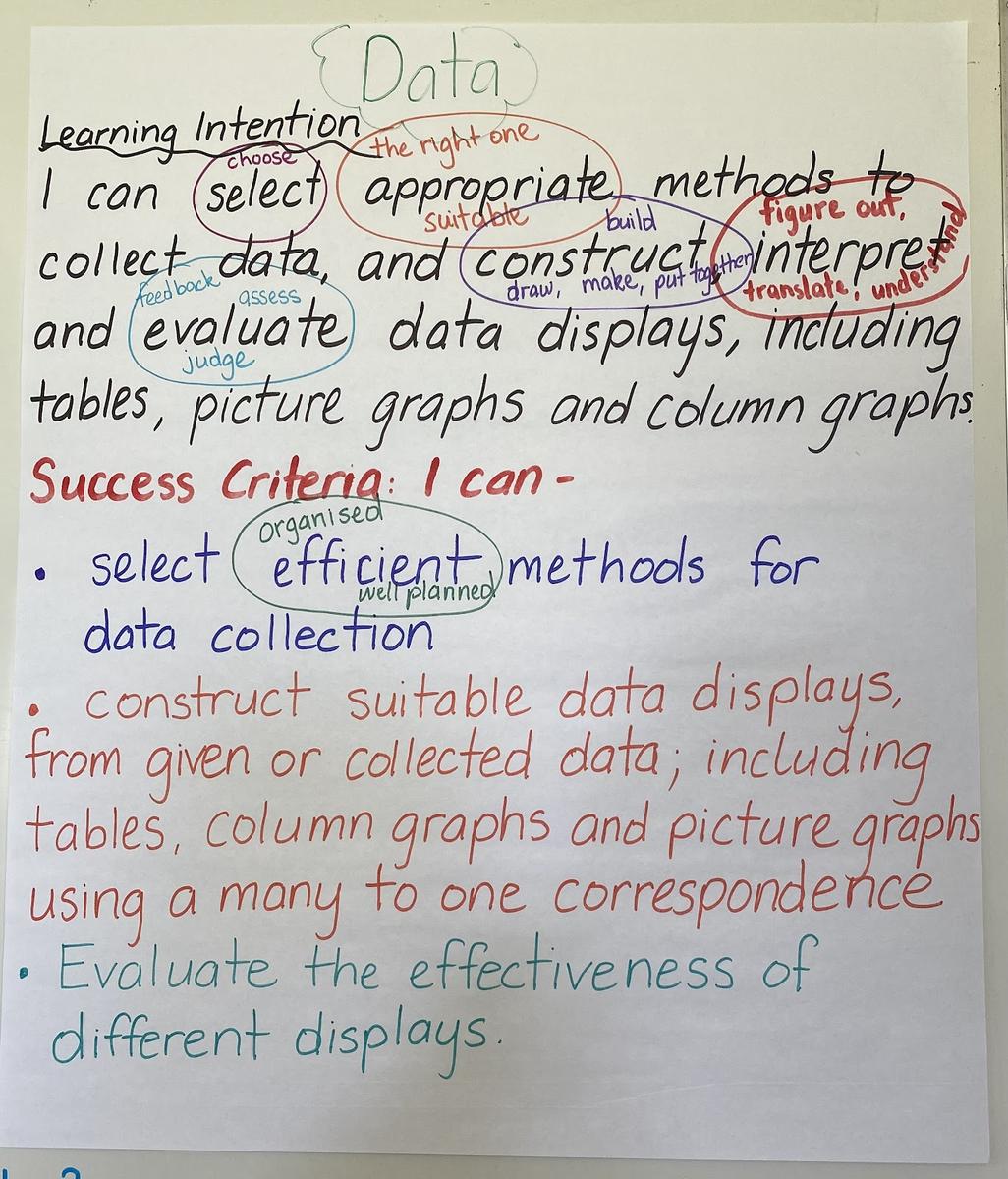

Stage 2 have been working with teachers to “deconstruct” the Learning Intention and Success Criteria in their Data unit in Mathematics.
Learning Intentions and Success Criteria are visited at the beginning of all lessons and are available throughout the lesson for students to refer back to, check in or ask questions.
Kindergarten have started their Learning Intentions this week!
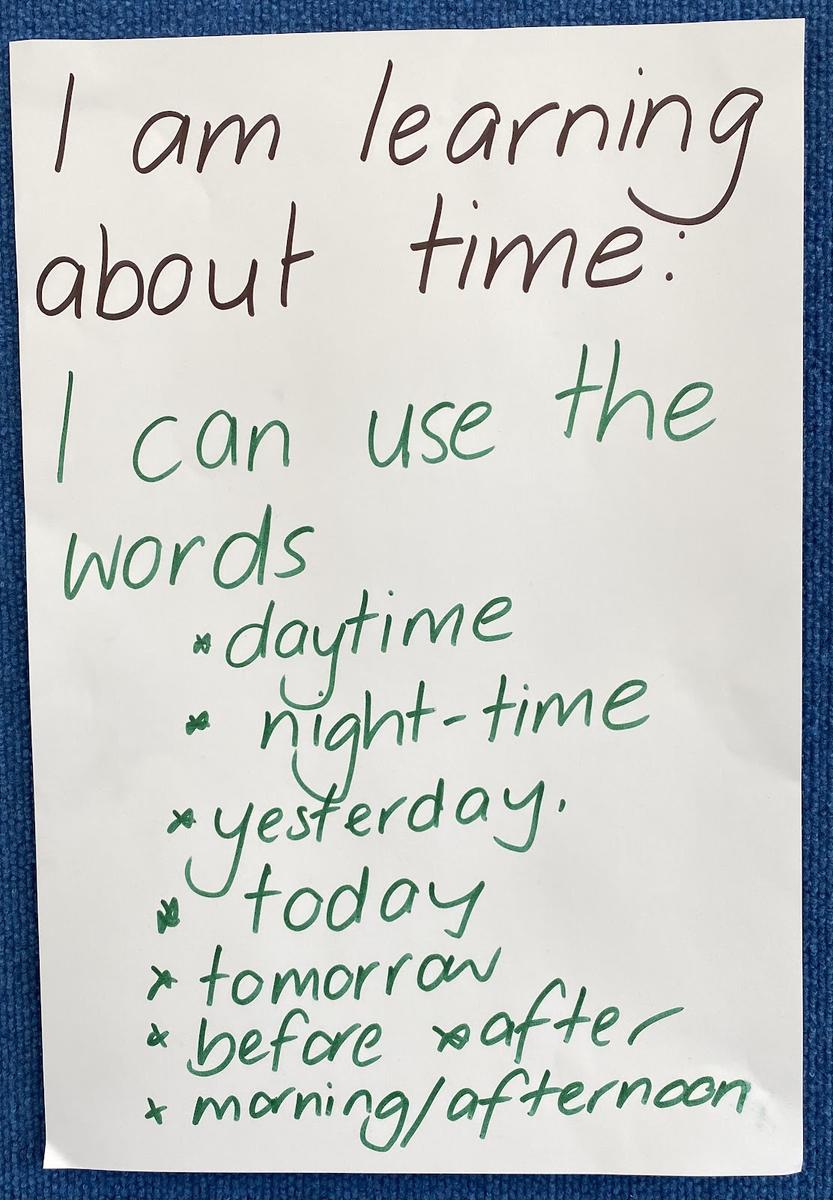



Stage 1 Mathematics and Reading Learning Intentions and Success Criteria,
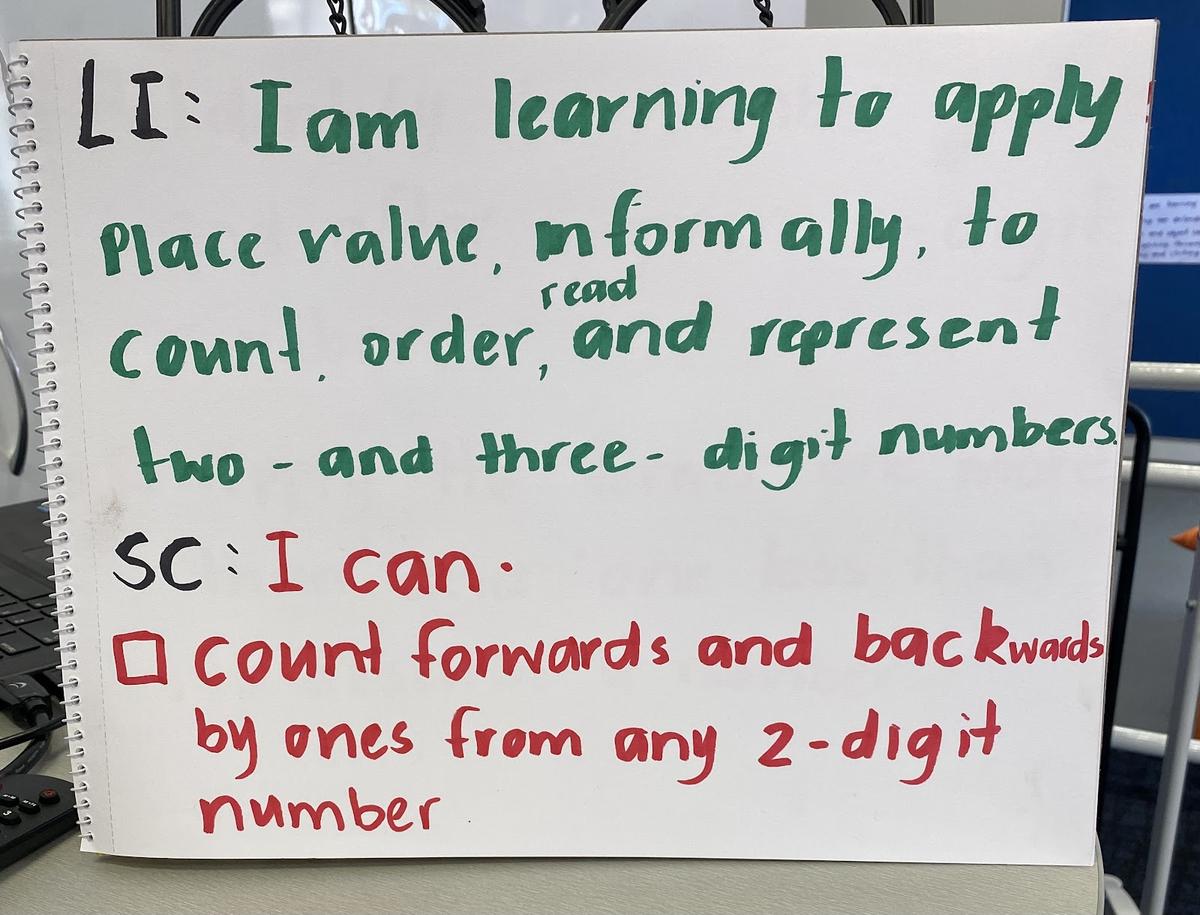

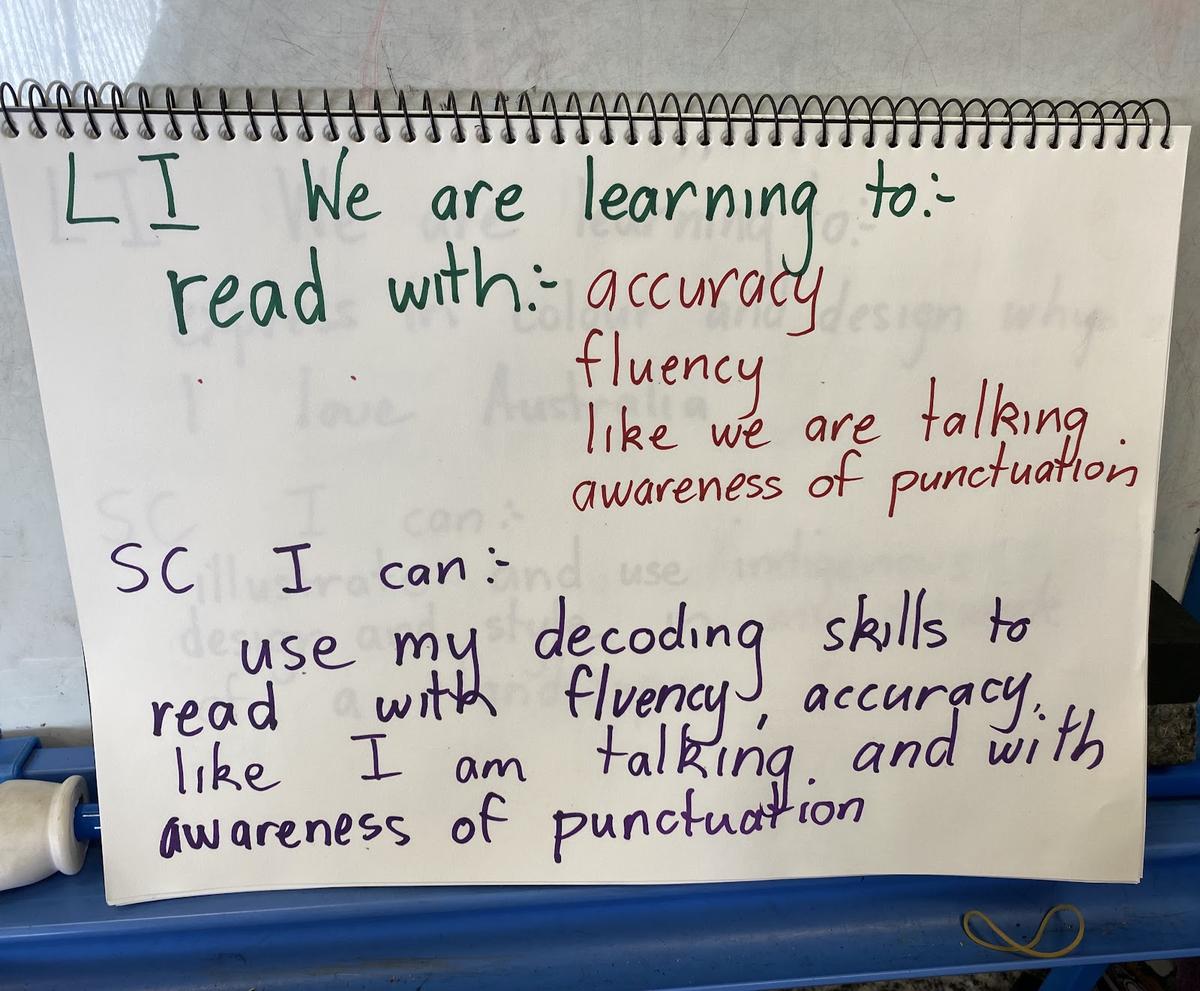

Stage 3 - Even Music has a Learning Intention and Success Criteria!
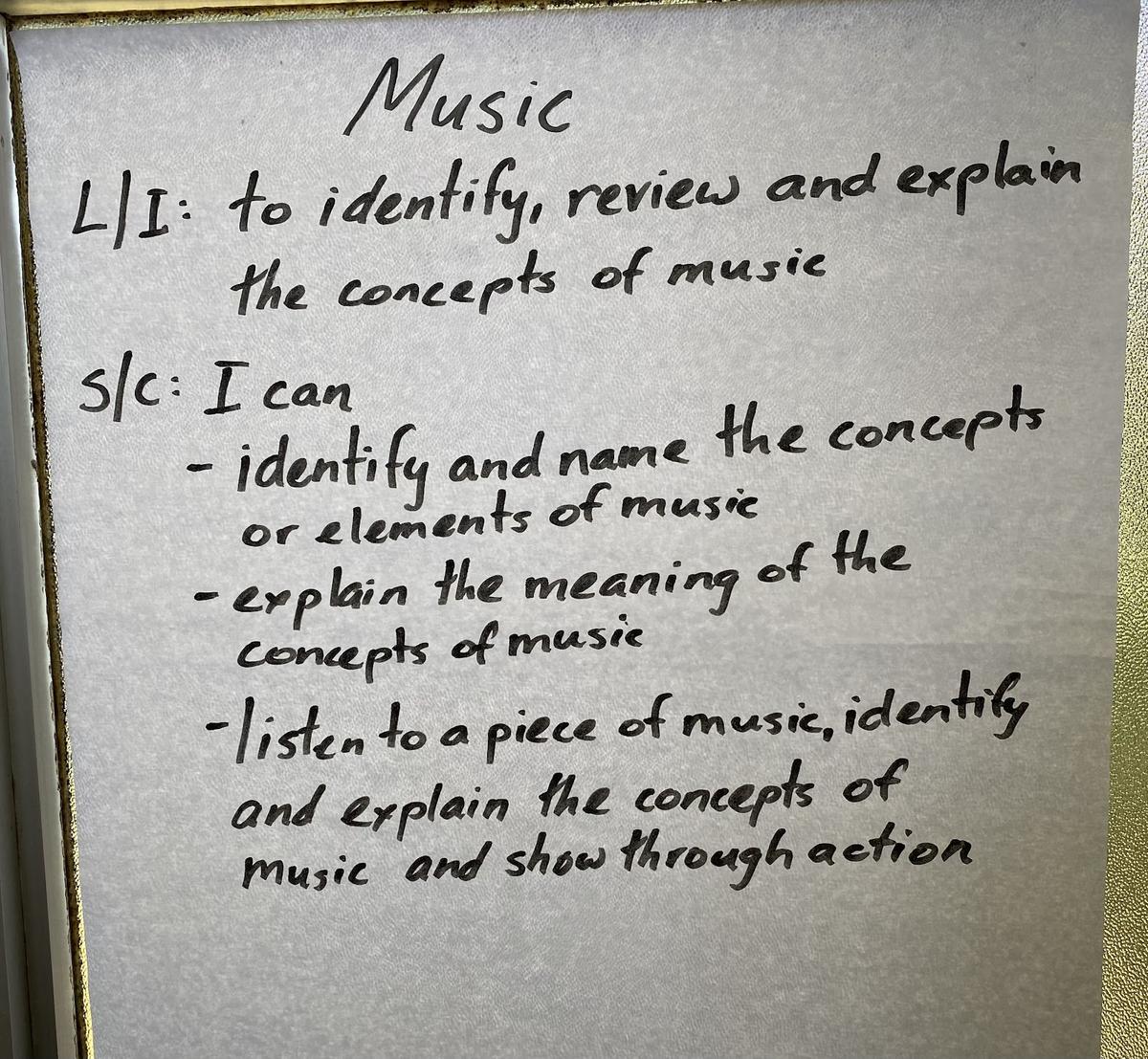

Tonight over the dinner table, ask your children what their learning intentions were today and how did you go!!
If learning goals...and co-constructed success criteria are clear, visible in classrooms, and understood by students, students are more likely to be successful and hence engaged more readily. Success breeds success.
(Sharratt and Fullan, 2012, pp 67-68)